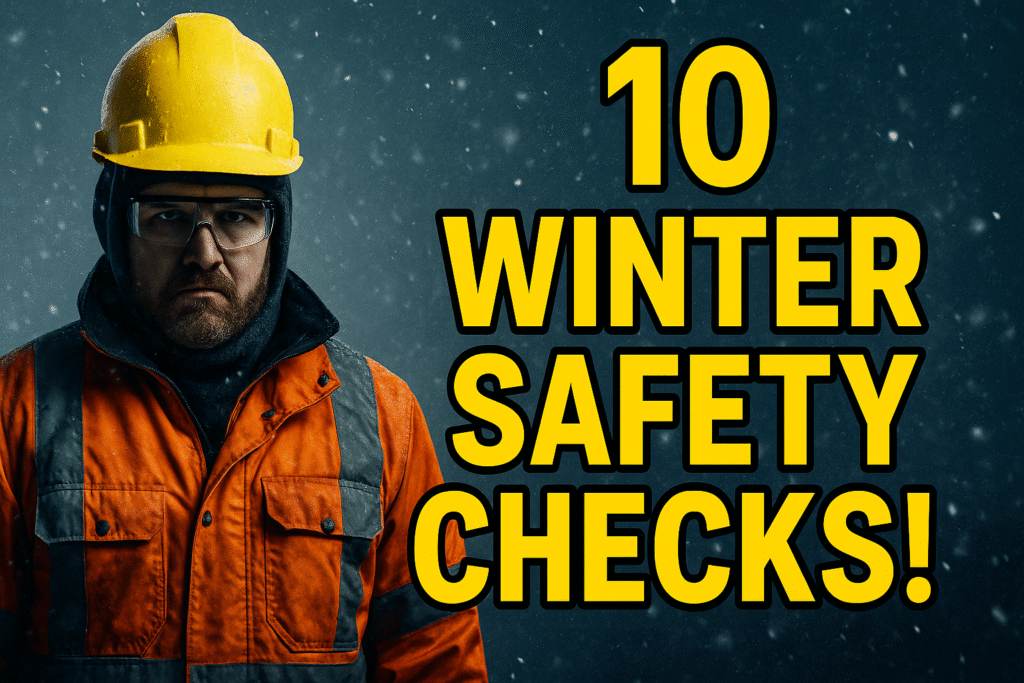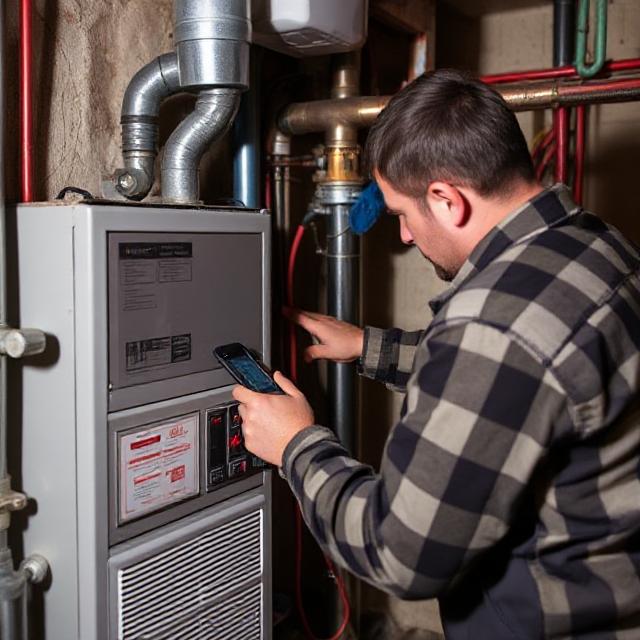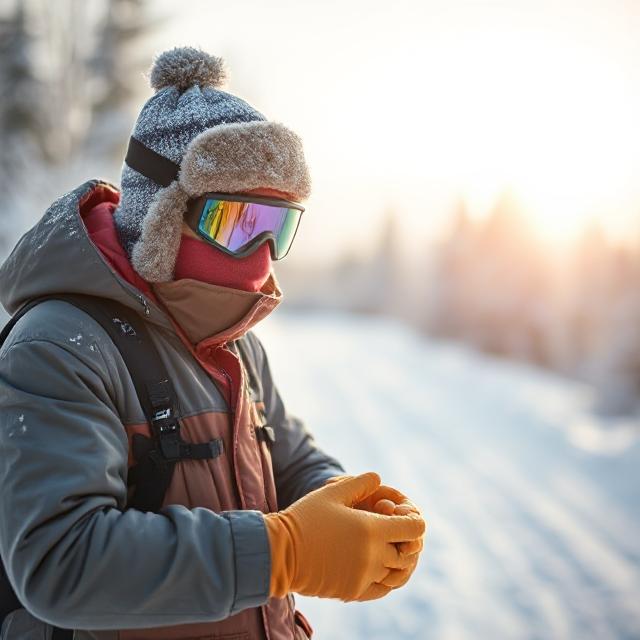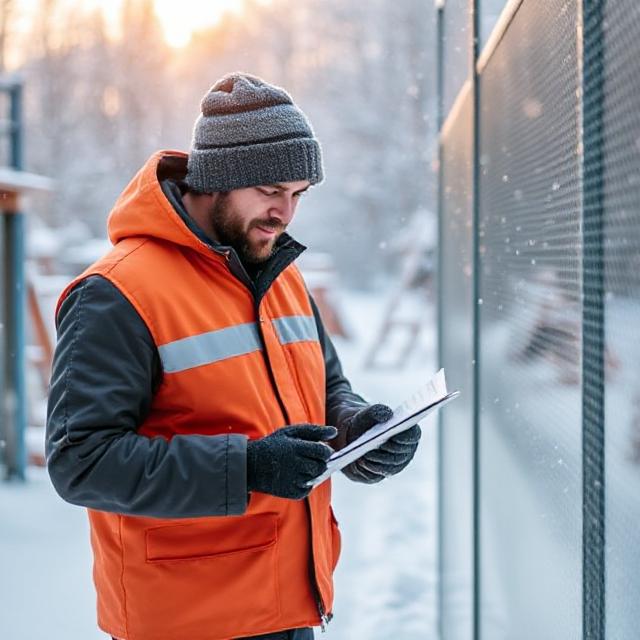Must Check in Your Workplace Before Winter Arrives :
Seasonal changes bring new hazards to the workplace. As temperatures drop, it’s critical to prepare facilities and employees for cold weather conditions.

Here are 10 essential checks you must complete in your workplace before winter arrives to ensure safety and productivity.
1. Inspect Heating Systems
A reliable heating system is essential to worker comfort and safety. Schedule professional inspections of boilers, furnaces, and portable heaters to prevent breakdowns in freezing temperatures.

OSHA recommends ensuring heating units meet workplace ventilation standards (OSHA Heating Guidance).
2. Check Insulation and Draft Control
Energy efficiency impacts both safety and cost. Inspect windows, doors, and walls for gaps that cause drafts. Proper insulation helps maintain safe temperatures and prevents overworking of heating equipment.
3. Review Slip and Fall Prevention Measures
Snow, ice, and wet floors are leading winter hazards. Stock up on ice melt, shovels, and slip-resistant mats. Establish a schedule for clearing parking lots, walkways, and building entrances to reduce risks.
4. Test Emergency Lighting and Power Backup
Winter storms can cause power outages. Test emergency lighting, exit signs, and backup generators to ensure they are operational. Workers must be able to safely evacuate if outages occur.
5. Service Company Vehicles
If your workplace relies on fleet vehicles, inspect tires, brakes, antifreeze, and emergency kits.
Winter driving risks increase with ice and snow, making preventive maintenance critical. The CDC Winter Driving Guide provides additional recommendations.
6. Stock Winter PPE
Ensure workers have appropriate cold-weather PPE such as insulated gloves, thermal layers, and waterproof boots.

For outdoor workers, issue hi-visibility jackets for low-light conditions common in winter.
7. Review Fire Safety Systems
Ironically, heating systems can increase fire risks. Inspect extinguishers, alarms, and sprinkler systems. Confirm that workers are trained in winter fire hazards, such as space heater misuse.
8. Check Indoor Air Quality
Closed windows and increased heating can reduce ventilation. Test carbon monoxide detectors and ensure HVAC systems circulate fresh air. Poor air quality can cause fatigue and illness during winter.
9. Update Emergency Preparedness Plans
Winter weather brings unique emergencies: blizzards, ice storms, and transportation delays.
Review evacuation routes, communication systems, and shelter-in-place procedures. HSE UK recommends conducting seasonal emergency drills.
10. Encourage Health and Wellness Programs
Winter is peak flu season. Promote vaccination programs, hand hygiene, and flexible sick leave policies to minimize workplace outbreaks. Supporting employee wellness strengthens resilience during colder months.

Why These Checks Matter
A safe and prepared workplace before winter arrives reduces accidents, minimizes downtime, and protects workers’ health.
Proactive seasonal checks demonstrate employer commitment to both compliance and employee well-being.
Conclusion
By completing these 10 checks in your workplace before winter arrives, you create a safer, healthier, and more resilient environment.
From heating and insulation to PPE and emergency planning, preparation is the key to avoiding costly incidents and protecting your most valuable resource—your workers.
For more seasonal safety insights, visit OHSE.ca.

No comments yet